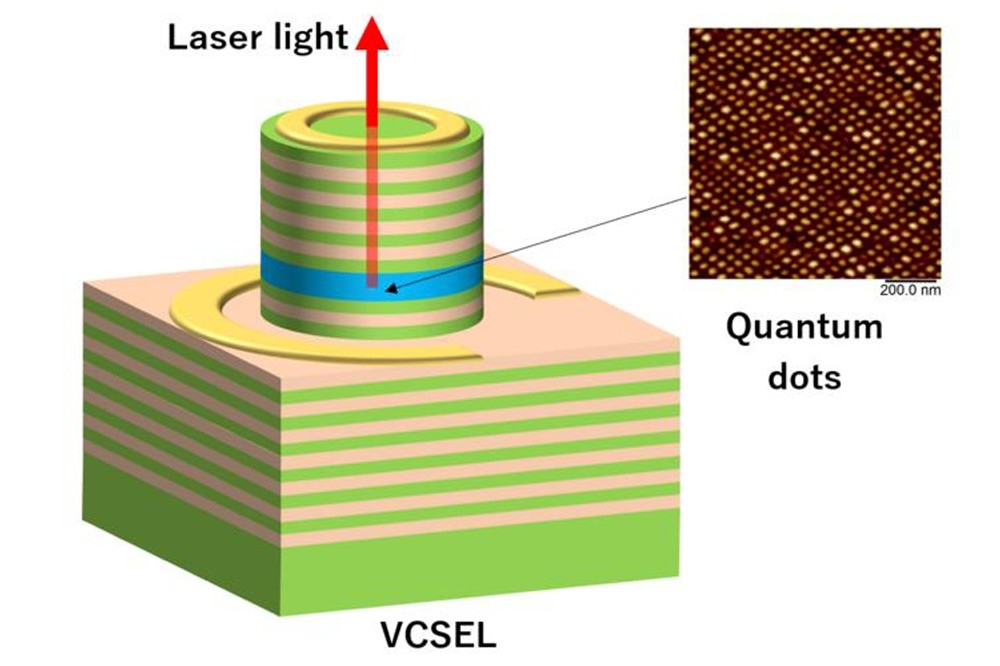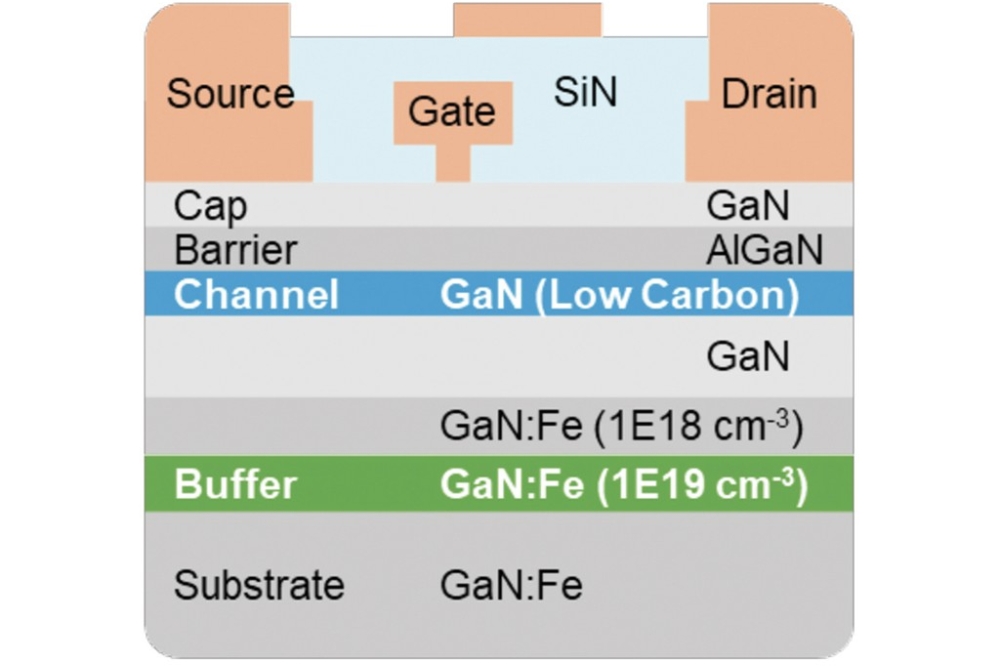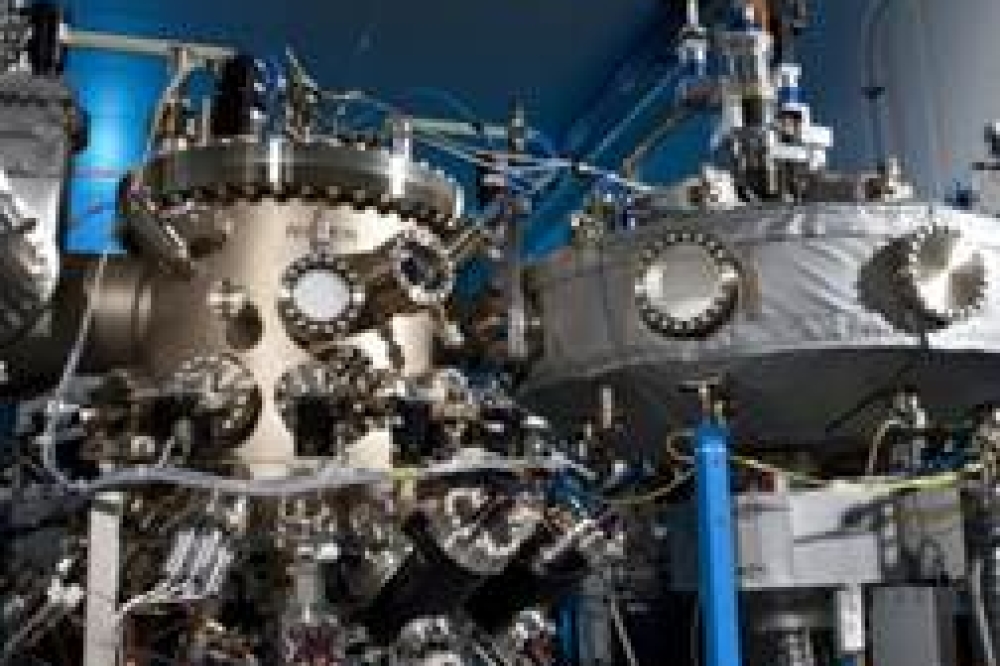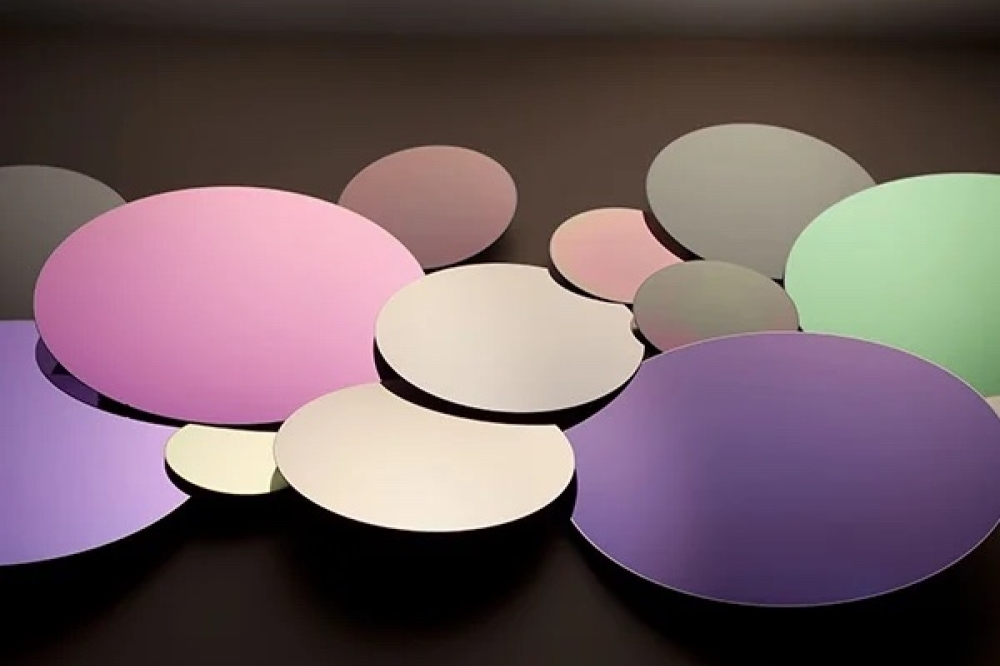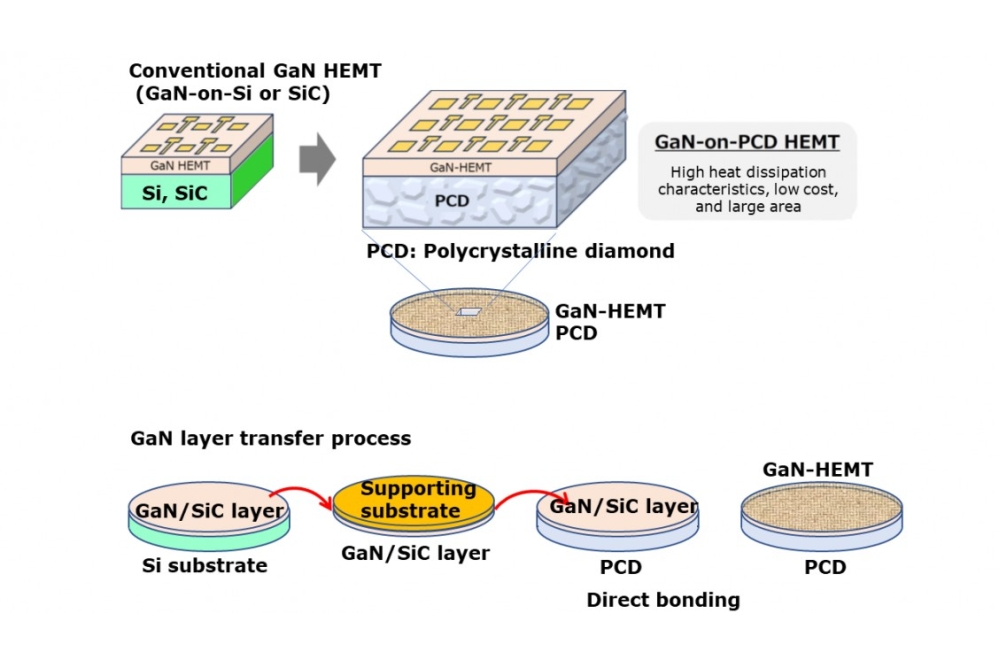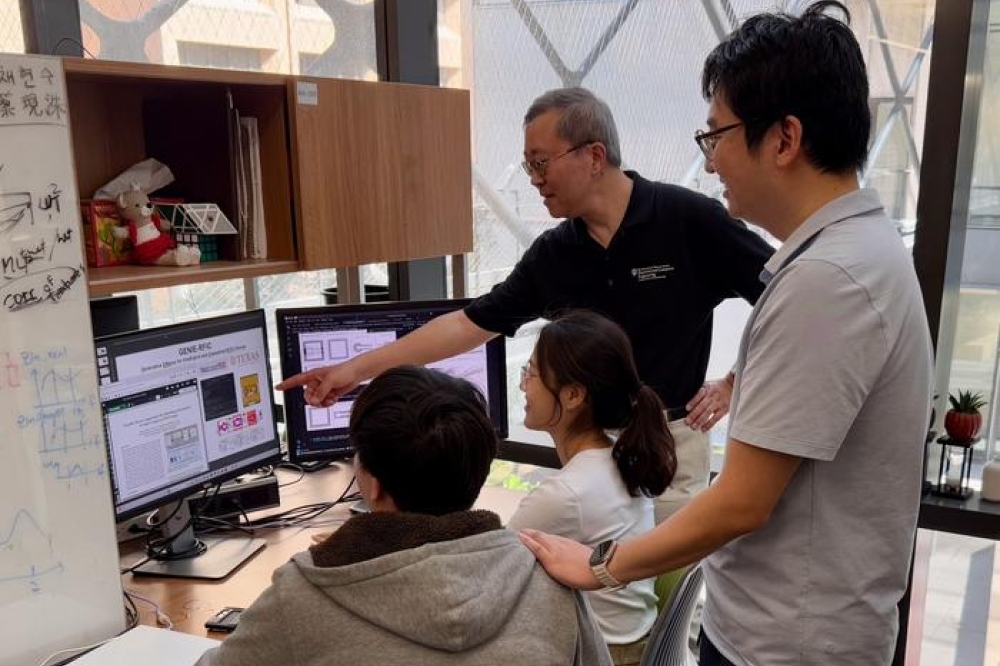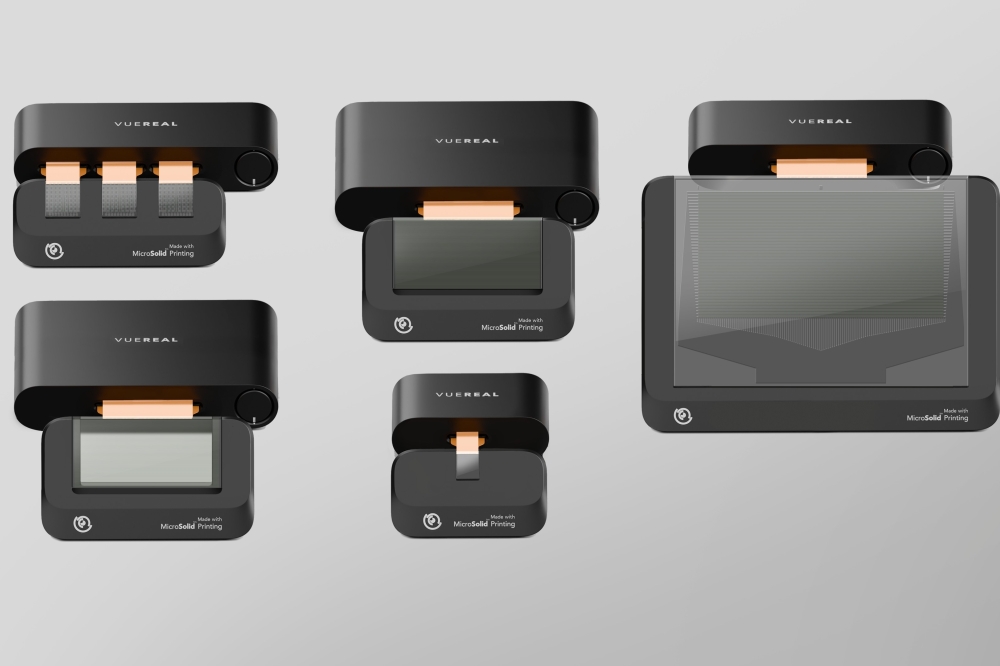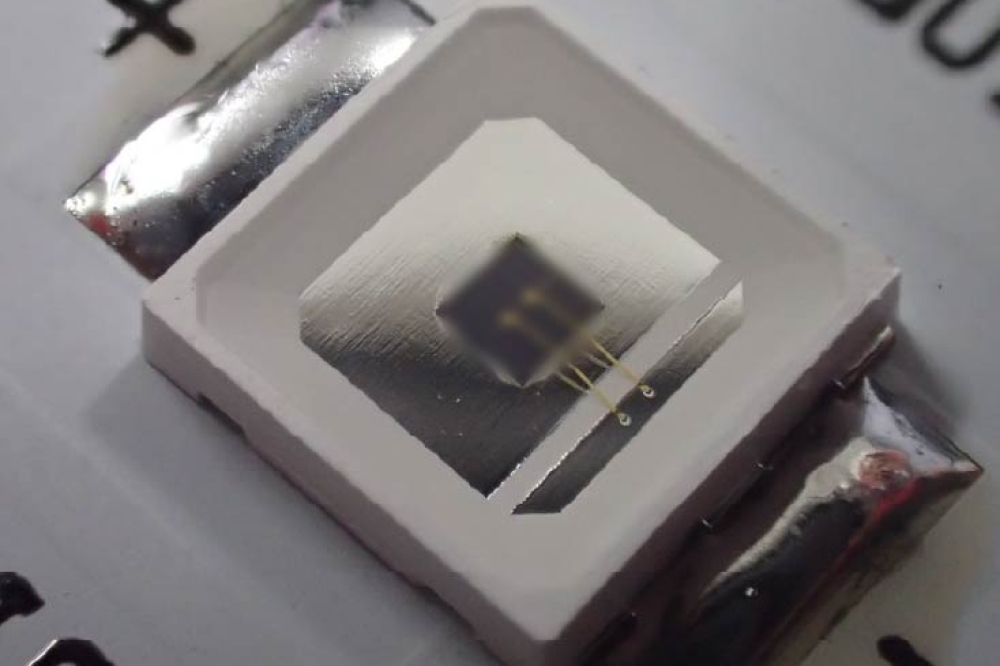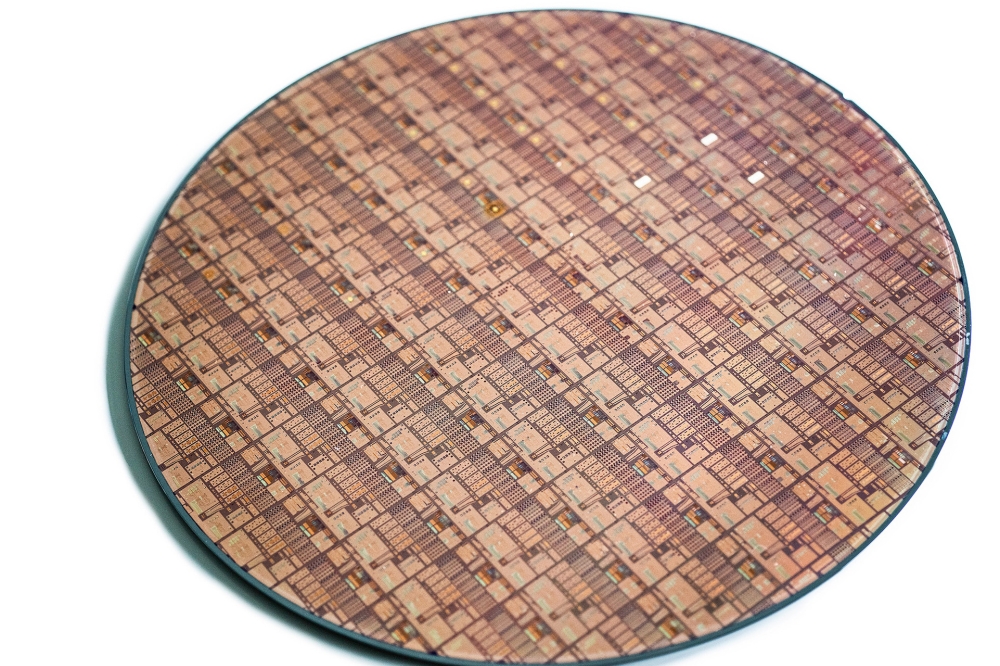CEA-Leti integrates microLEDs and organic photodetectors
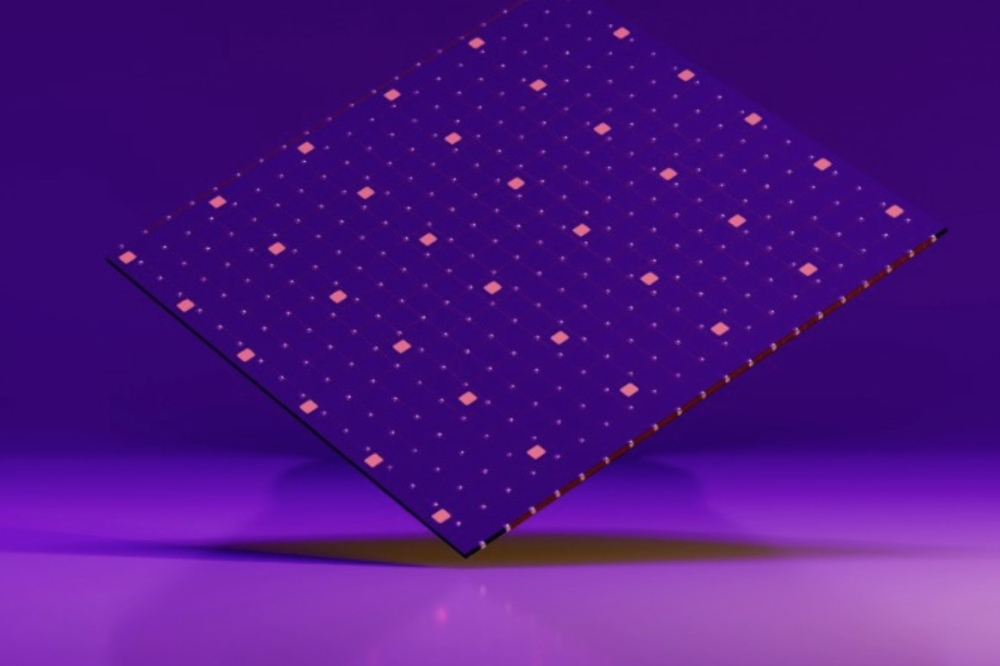
Targeting next-generation of display technology, CEA-Leti has presented a heterogeneous co-integration of GaN microLED technology and organic photodetectors (OPDs), a major step toward multifunctional displays that combine both display and sensing capabilities.
The results were presented in a paper at the Display Week conference titled 'Co-Integration of Organic Photodetector with microLED Dedicated to Multifunctional Display Application.'
MicroLED technology has emerged as a promising contender for future display applications due to its high brightness, while maintaining a minimal footprint, leaving room to integrate additional functions. These properties expand the boundaries of traditional displays by making microLED a suitable candidate for integrating both display and sensing functions. However, achieving seamless co-integration between microLED and photodetectors has remained a major technical challenge. Few studies have addressed this issue until CEA-Leti's new research.
“Successfully demonstrating the co-integration of microLEDs with photodetectors paves the way for multifunctional displays that combine imaging, gesture recognition, and even biometric scanning,” said Michaël Pelissier, lead author of the paper. “microLED's high radiance allows us to free up more space on the display panel to incorporate photodetectors, which not only enhances the display experience but also opens up new possibilities for smart, interactive screens.”
One of the major hurdles in integrating microLEDs with photodetectors is the phenomenon of crosstalk coupling. Crosstalk occurs when the light emitted by the microLEDs reaches the photodetector directly before reflecting off the observed scene, leading to interference and diminished sensor performance. Exploring this challenge, the paper presents key insights into how the distance between the illumination source and the photodetector affects crosstalk, providing a deeper understanding of this bottleneck.
Co-integrating microLEDs with organic photodetectors enables promising possibilities for new applications. These include fingerprint sensing across the entire display area; using IR sensing to perform gesture recognition in close vicinity to the screen to further improve interactive capabilities; and also enables the extraction of physiological parameters such as, heart rate, blood oxygen levels, body temperature, supporting further advances in health and wellness applications.
Following this co-integration breakthrough, CEA-Leti’s next phase of the work will focus on exploring the full potential of this technology for specific applications, such as physiological parameter tracking. Researchers will also investigate various photodetector technologies that can be co-integrated with microLEDs to optimize performance, reduce crosstalk, and further enhance multifunctionality.












